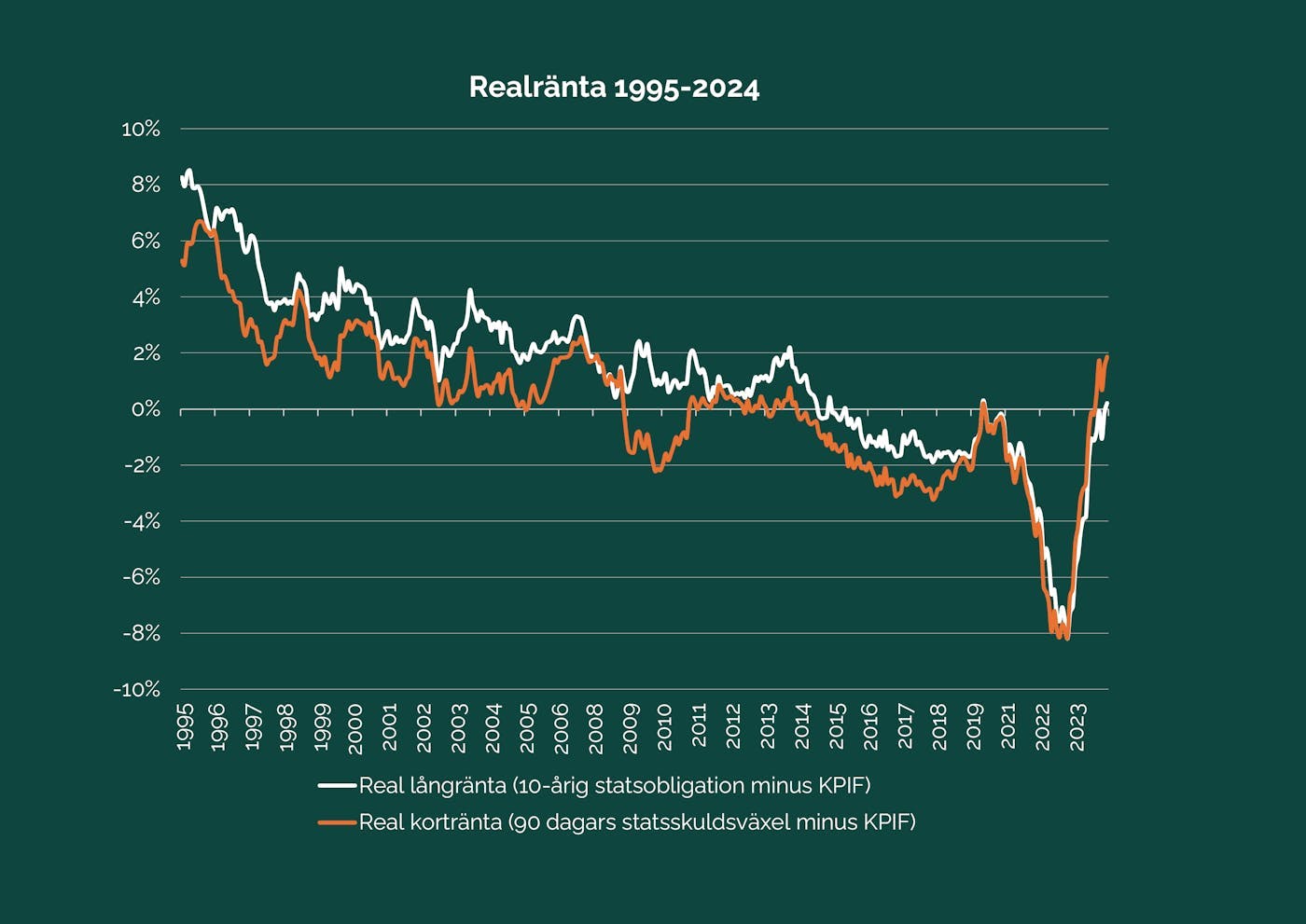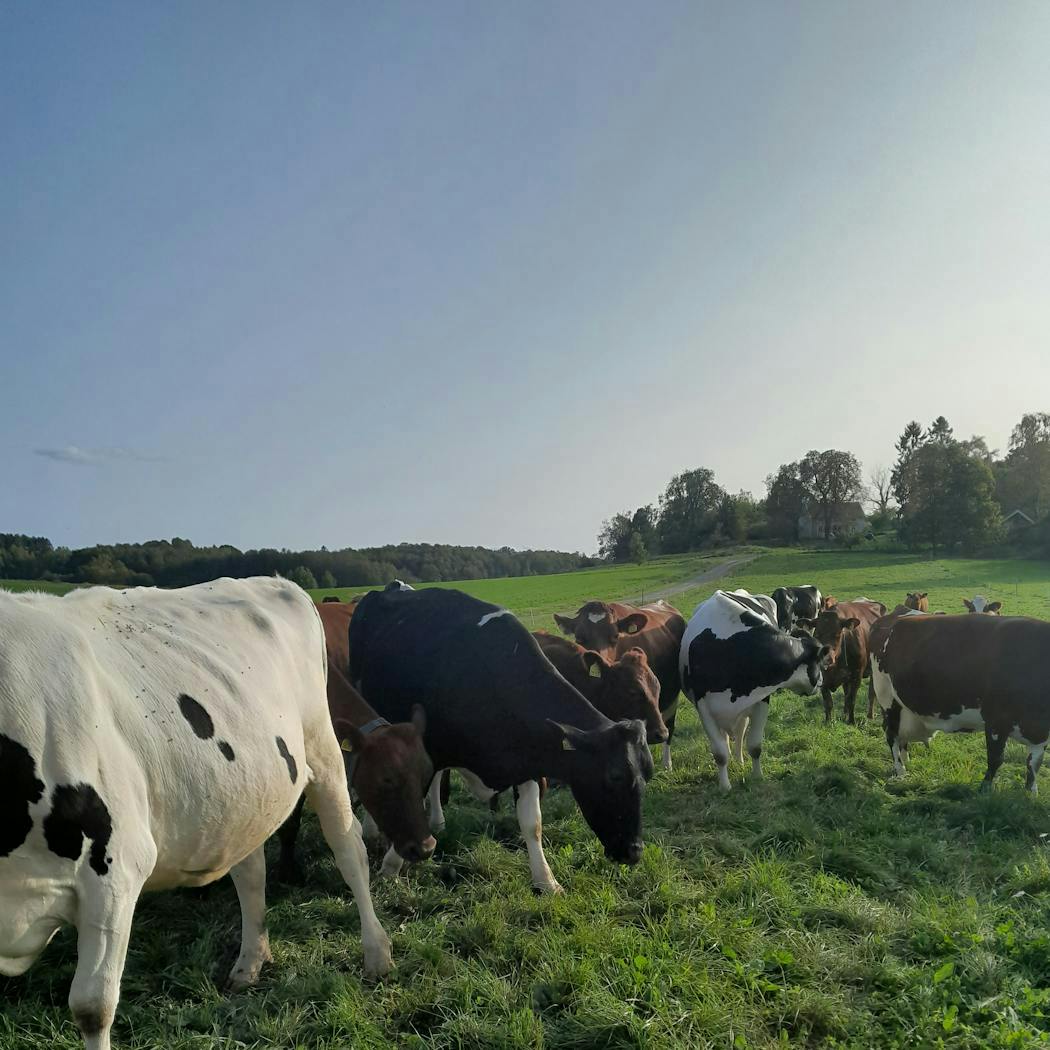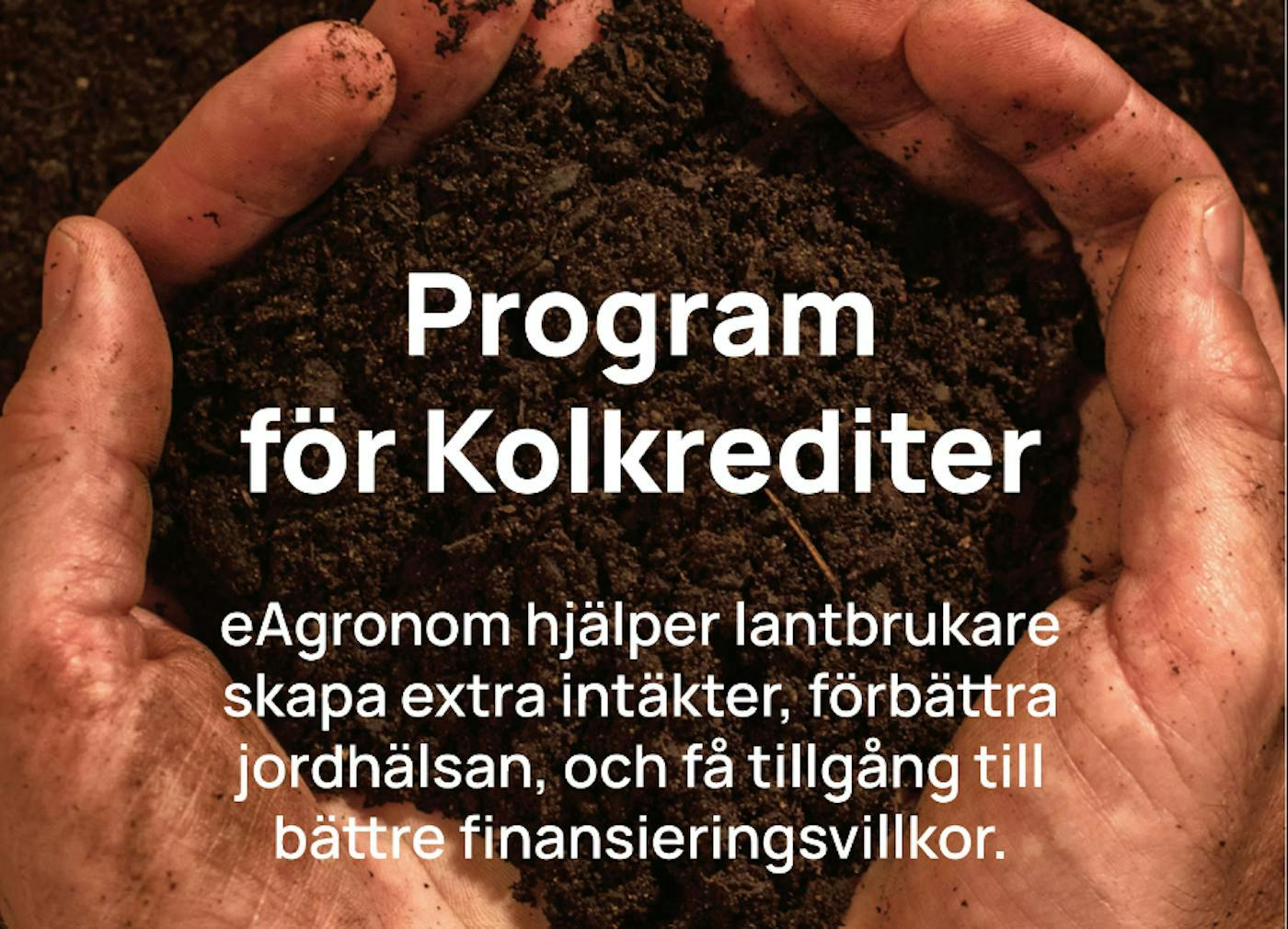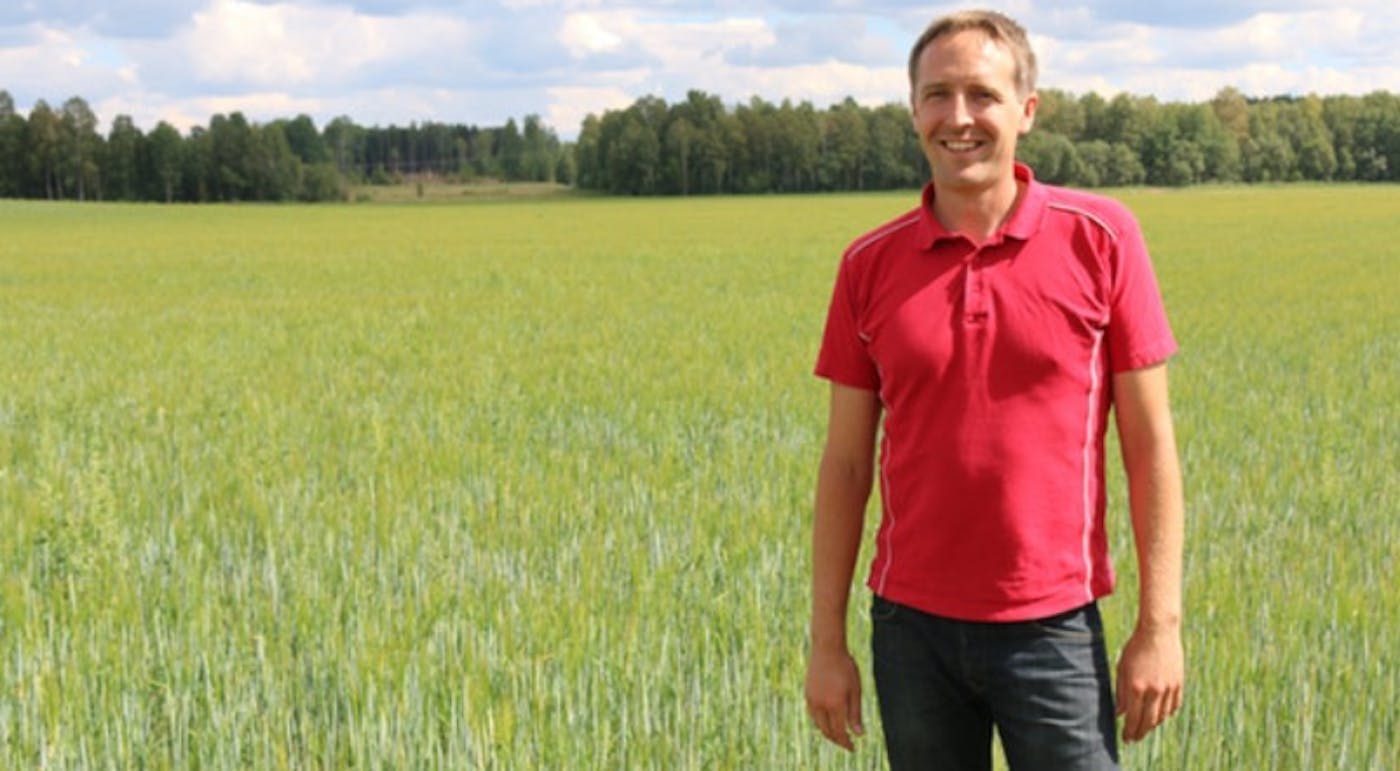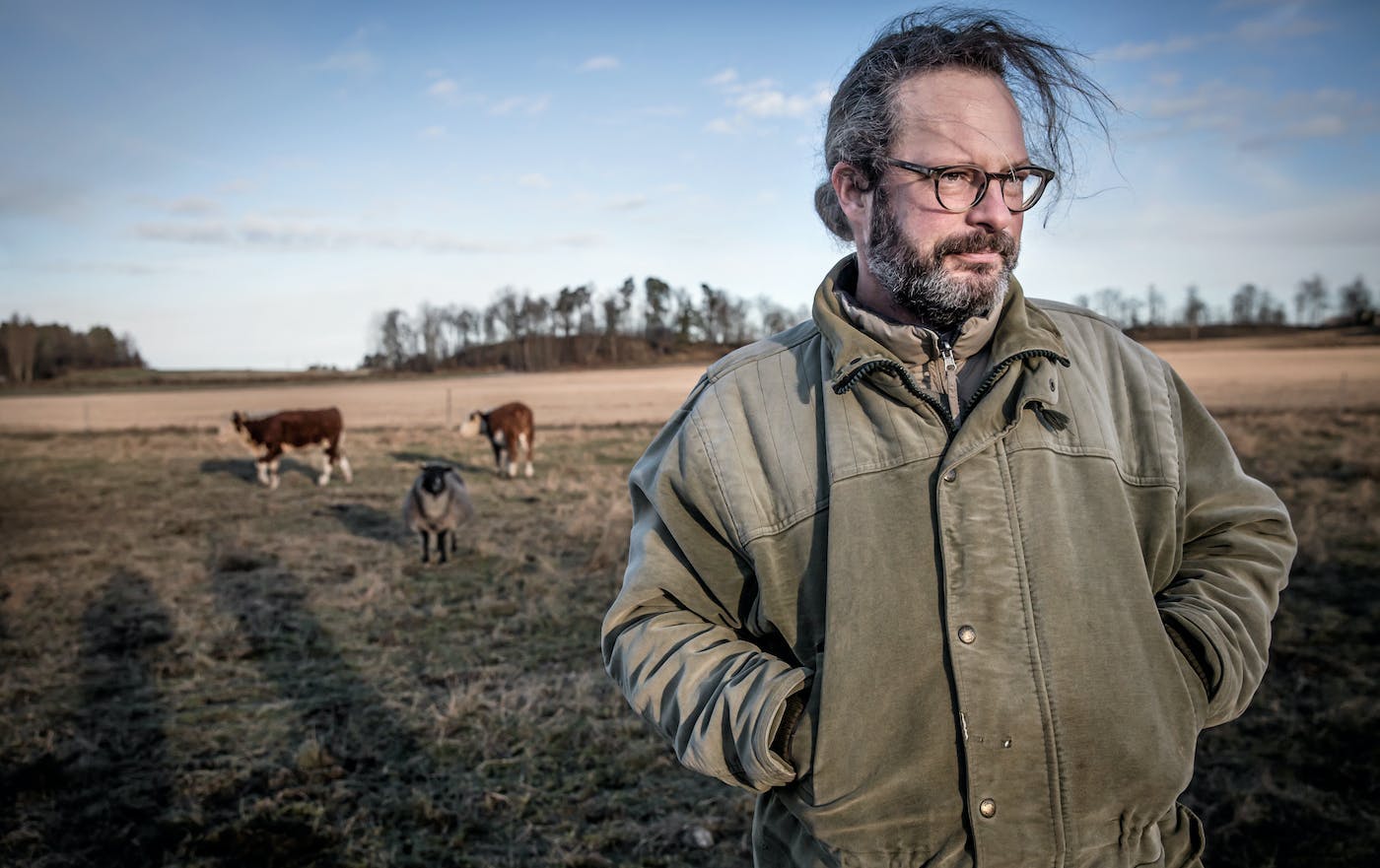(ENG) Challenges in Agroforestry and Regenerative Farming
Our biggest challenge by far in the agricultural transition toward sustainability is our persistent belief that nature is a force to be overcome or dominated. We need to learn to work with nature. Once we do this, life, soil, nutrition, and biodiversity - the entire systems that support life on earth become capable of regenerating their optimal conditions.
There are multiple references in literature and science that have contributed to our belief that nature needs humankind as its master. This dates at least back to Sir Frances Bacon in his Novum Organum (Bacon, F. (1878)), in the 17thCentury and pursued and amplified by many of the Enlightenment thinkers whose belief in their newfound scientific method knew no limits to being able to understand, and therefore control, nature.
Conventional agriculture has created a dependency on products that do indeed increase yields initially, but ultimately deplete the soil into which the chemicals and the monocultures are introduced. Farmer dependency is the result, and the pretext is that the continuous cycle of chemical enhancement is necessary to feed the growing human population. With the intense use of artificial fertilizers, pesticides, ploughing, monocultures and huge feed-lots with domesticated animals, the “modern” farming system is systematically destroying the life in the soil. While this way of farming has resulted in short-term efficiency and higher output of calories, it has done so at the expense of future generations, by depreciating the value of the very asset they depend on for their food. It has prioritized short term gains over long-term value creation. While intense use of ploughing and synthetic fertilizers enables high yields short term it distorts the natural processes in the soil, degenerating its capacity to naturally support plant growth.
Regenerative farming may have lower yields to begin with, but it ends up, after a few natural growing cycles, being 78% more profitable than conventional agriculture whilst continually improving the soil (LaCanne, C. E., & Lundgren, J. G. (2018)) Improved soil provides not only higher yields, but much more nutritious foods.
A prolific billionaire set up a challenge in which he has promised $100 million to the person who could develop the most efficient means of carbon removal. Well, had the billionaire studied biology he would know that photosynthesis is probably the most efficient carbon capture cycle on Earth - and in collaboration with soil's ability to sequester carbon, ridicules artificial or technological efforts to do the same.
Technology is therefore much more effective when it works in collaboration with nature as opposed to when it tries to supplant nature or beat it at its multi-billion-year perfected cycles. Agriculture is a form of technology, and it is at the center of influencing nature for the benefit of humankind. If the technology of cultivation of food or farming works toward better nutrition and biodiversity, success will be more likely. Farming is a capital-intensive business, requiring a large balance sheet with expensive agricultural real estate and machines. Many farms carry large debt burdens, often pushing them into an extractive way of farming that is focused on maximizing short term yields to cover debt repayments.
The consequence of this is that farmers’ most important asset – the health of their soil – is frequently sacrificed. In our modern human-technology-centric mindset the soil is thought of as a sterile medium where seeds are planted, and artificial inputs are added to grow crops. This is not an efficient use of technology as it boosts short-term output at the expense of long-term soil degradation. The soil is effectively a living organism that provides the very foundation for the plants and animals which humans depend on for our food. Without functioning soil, it is not possible to produce enough high-quality food to sustain our modern society and its billions of people. The current global food system systematically depreciates the value of the soil. This has negative consequences not only for the environment, but also for our health, as depleted soil produces foods with poor nutritional content. The solution is obvious: Farmers should urgently regenerate the quality of soil.
The good news is that this is possible by applying a set of regenerative farming principles, including for example minimizing soil disturbance, ditching the use of artificial inputs, growing a broader variety of crops, managing grazing animals in a holistic way, and keeping the soil covered with plants and organic material. Not only does this enable farmers to grow healthier more nutritious foods, but it also ensures that the soil will be able to continue to do this for generations to come. A healthy well-functioning soil is also much more efficient at retaining water and hence makes farms more resilient against some of the effects of climate change such as droughts.
In addition, healthy soil is a great at sequestering and storing carbon from the atmosphere and can therefore play a pivotal role in the drawdown of atmospheric carbon, which future generations also depend on for their well-being. Finally, a regenerative farm is less input-dependent and can be much more profitable, especially on a risk and cost adjusted basis over time. A diversification of crops makes farm businesses much more resilient against the effects of poor harvests during years with poor weather conditions. It is important to raise awareness among consumers about the benefits of regenerative farming, and to create a stable and growing demand for farmers producing regenerative foods.
Carbon credits by farmers is not a particularly good solution. As a species, we are already pushing our chances of extinction to new levels of likelihood due to the extreme levels of carbon dioxide being pumped into the atmosphere, mostly in industrialized nations. The undeniable solution to these inequalities in cause and in effect whereby the poorest populations of the planet inexorably suffer the consequences of unbridled emissions, is in the reduction in absolute terms of the quantity of those emissions. Providing an excuse or a convenient monetary exchange between polluter and carbon-absorbing land does not change the fundamental imbalance. It suggests that we can buy our way out of planetary destruction which is an illusion. Re-establishing the conditions for nature to heal is only possible with a reduction of emissions. The real carbon tax is an increase in the cost of capital to those who pollute and the provision of cheaper capital to those who regenerate. There are situations in which charging a carbon credit can be potentially useful so long as they’re being bought not to “offset” but simply to support carbon sequestration in addition to cutting emissions for financially incentivizing carbon captive farming.
Authors: Matthias Karthäuser, David Elvingsson, and Jonathan Jenny
This article was published on Medium

Fler nyheter från oss
Hur Inflation Kan Gynna Lantbruket
22 april 2024
Att bygga upp eget kapital inför generationsväxling
25 april 2024
Få betalt för ökad kolinlagring - Gårdskapital ingår samarbete med eAgronom
12 mars 2024
Fördjupning Jordhälsa - Jon Orvendal
23 maj 2022
Fördjupning Jordhälsa - Adam Giertta
21 mars 2022
Med precisionsodling går miljö och ekonomi hand i hand
23 september 2022
Gårdskapital använder kakor (“cookies”) på webbplatsen för att du som besökare ska få en bättre användarupplevelse. Genom att trycka OK samtycker till Gårdskapitals användning av kakor i enlighet med denna ”Cookie Policy”.
OK
